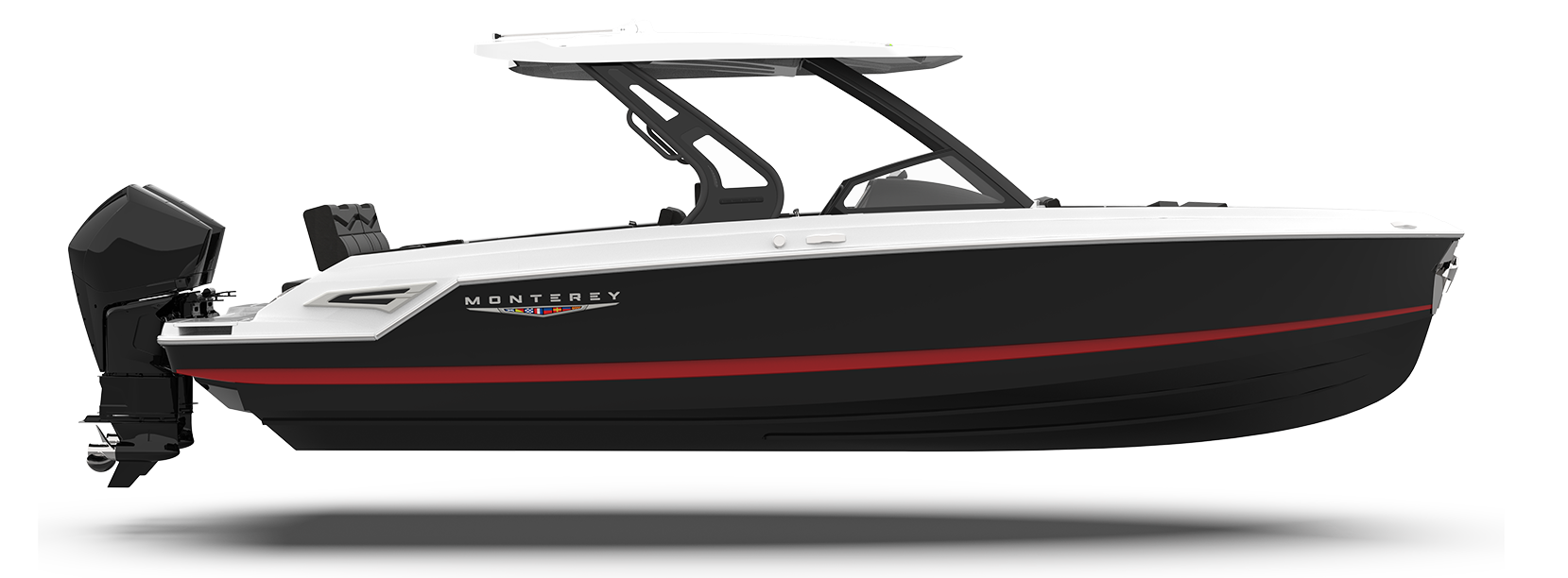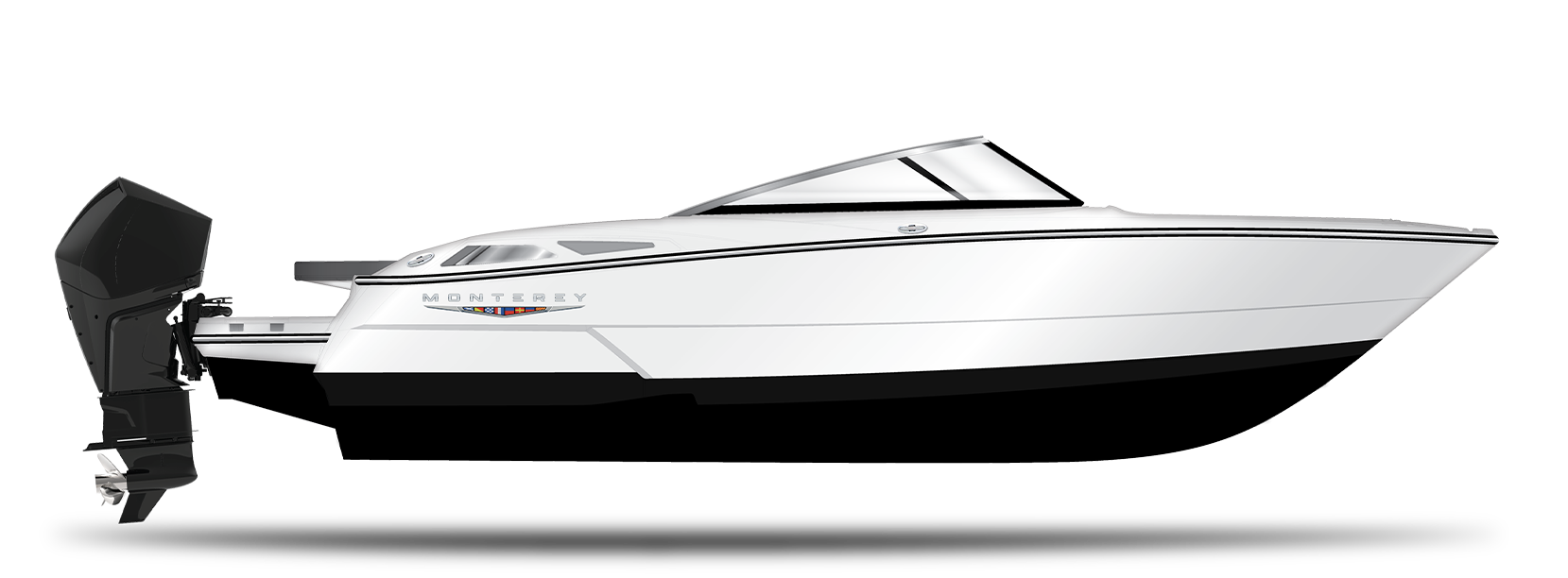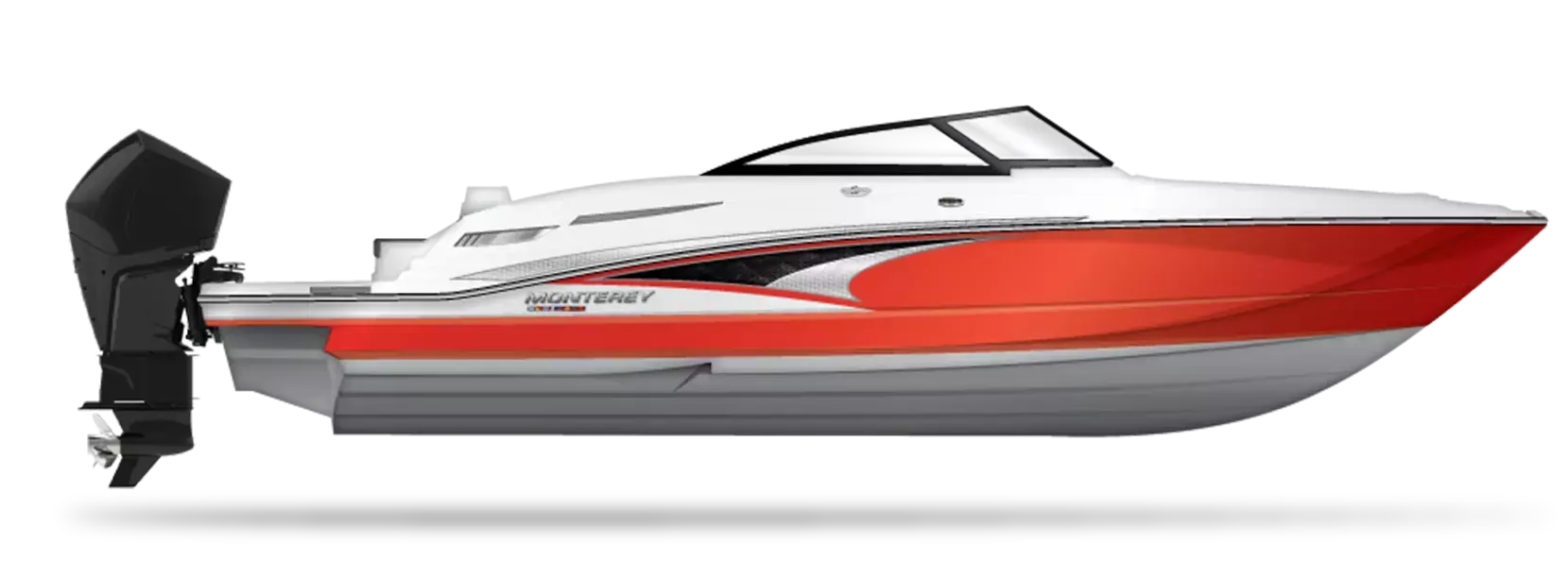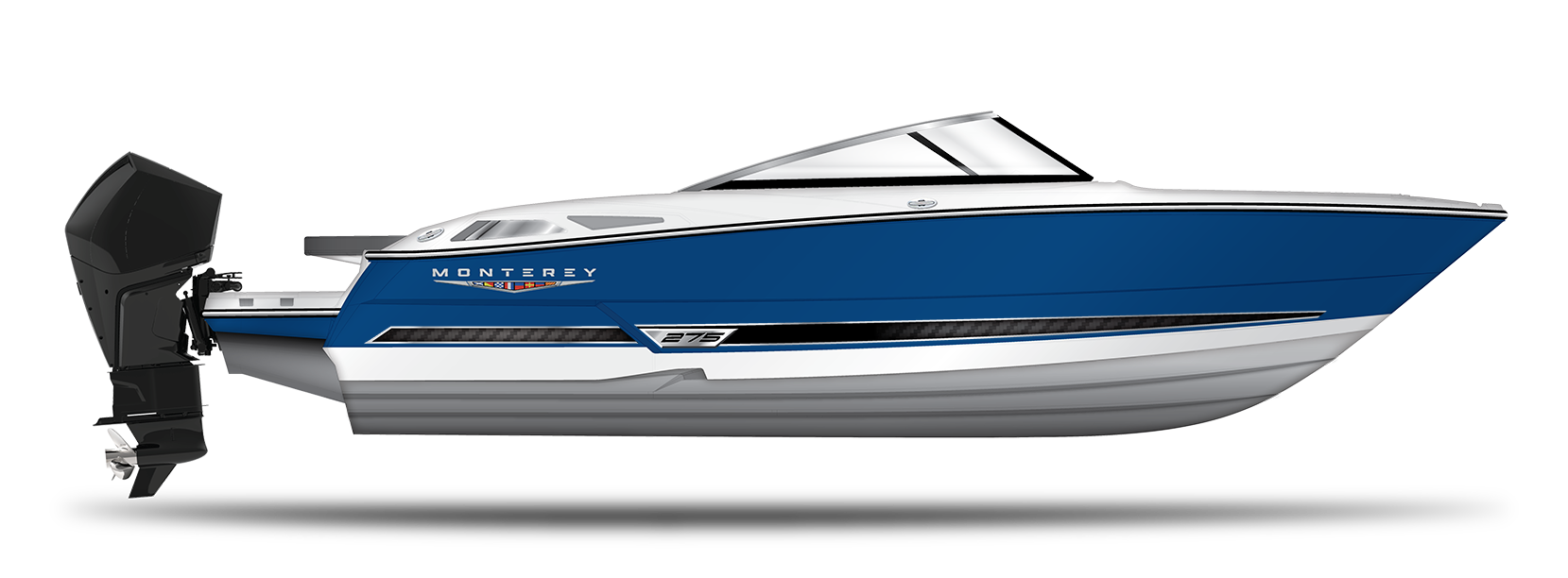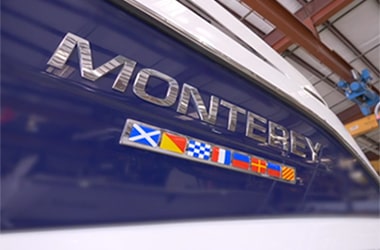Boat Maintenance Tips Before Winter - Keep your Monterey in Top Shape

The end of boating season is fast approaching. Before you winterize your Monterey boat and put it into storage, be sure to give it some extra care and attention to ensure it stays in top condition over the cold months. Performing key maintenance tasks and taking preventative measures now will pay off when spring rolls around. Follow this guide of tips to properly prep your Monterey boat for winter.
Thoroughly Clean the Boat
Give your boat an extremely thorough cleaning inside and out before storage. Clear out any belongings, gear, trash, and water from onboard. Use a boat brush and hose to wash down the exterior hull, deck, storage areas, trailer, etc. Pay close attention to built-up grime and growth on the waterline and bottom of the hull. Consider having it professionally detailed if needed.
Vacuum, mop, and wipe down all interior cabin and cockpit surfaces. Sanitize the head and empty or pump out holding tanks. Lingering debris, stains, mildew, and moisture can lead to deterioration and corrosion issues if left to fester over winter. Deep clean now so it looks shiny and new come launch day.
Inspect and Repair Fittings, Seals, Hoses
Carefully inspect fittings, seals, hoses, and clamps on through hulls, drains, pumps, etc. Even minor leaks can become major headaches after sitting unattended for months. Ensure bilge pumps are fully operational. Examine engine hoses and seals for signs of wear, dry rot, or cracking. Schedule repairs or replacements if anything is compromised or questionable. Preventative maintenance saves money and headaches down the road.
Lubricate seacocks, valves, and thru hulls. Spray some lubricant into drain holes throughout the boat. This keeps seals from drying out and ensures proper drainage when dewinterizing. Check exhaust hoses on inboard engines for any leaks.
Change All Fluids
Flushing old engine oil, transmission fluid, fuel stabilizers, coolants, etc, and replacing it with fresh fluids is one of the most important steps to winterizing a boat. Old contaminated fluid leads to corrosion and build-up over time.
Change the engine oil and filters. Top off power steering and power trim reservoirs. Replace fuel filters and add fuel stabilizer to the tank. Flush old antifreeze from the engine and refill with a 50/50 mix. This prevents corrosion over the off-season.
Inspect the condition of all fluids for contaminants. Make notes of anything concerning to address in the spring. Properly recycling used oil, filters, and antifreeze protects the environment.
Fog the Engine
Fogging the engine cylinders, carburetor and fuel system prevents rust build up internally over
winter. Follow fogging solution instructions to thoroughly coat the inside of the engine. Change
the oil one last time after fogging to remove any residue.
Charge and Remove Batteries
Fully charge batteries before winter storage. Batteries allowed to discharge over months of non-use often cannot be revived come spring. Remove batteries from the boat and store them in a cool, dry place rather than leaving them onboard over winter.
Clean corrosion off battery terminals and apply a protectant spray. Place batteries on a non-conductive mat if leaving in the boat is unavoidable. Trickle charge every 30-60 days to maintain battery health.
Protect Upholstery and Fabrics
Thoroughly clean boat upholstery, canvas, covers, and fabrics at the end of the season. Vacuum, brush, and spot-treat any stains, mildew, or soiling. Allow all fabrics to completely air dry before covering them for storage.
Apply fabric guard spray to provide waterproofing and UV protection over winter. Remove bimini tops and canvas enclosures. Store these flat and dry indoors if possible. Cover helm and cockpit seats with breathable coverings to prevent mold and mildew.
Prep the Fuel System
Fill the fuel tank to 95% capacity before storage to prevent condensation build up inside. Use only fuel stabilizers made for ethanol-blended gasoline. Run the additive through the fuel system per instructions. Operate the engine for 10 minutes after adding a stabilizer to circulate it.
If storing for over 6 months, consider having a marine mechanic drain and flush the fuel tanks, lines, and carburetor. Getting old fuel completely out of the system prevents gumming or varnish issues from cropping up later. Always dispose of or recycle used fuels properly.
Apply Protectants and Wax
After thorough cleaning, apply boat wax to the entire exterior gel coat or painted surfaces. Choose a marine-grade wax with UV inhibitors. Follow label directions as some waxes require buffing for best results. The wax coating helps repel moisture and protects the boat’s finish.
Treat vinyl and rubber seals, gaskets, and surfaces with UV-inhibiting vinyl/rubber protectant sprays. Condition and waterproof canvas covers, boat seats, and bimini tops as well. The added UV protection prevents winter damage.
Properly Support and Cover the Boat
Supporting the boat’s weight properly over the off-season prevents stress damage to the hull. For trailered boats, make sure the trailer bunks and rollers correctly cradle the hull. Place wood blocks or stands under the keel and any other hull support points when storing boats on land.
Shrink wrapping the boat or covering it with a well-secured canvas tarp protects the cleaned and waxed exterior from the elements over winter. Make sure water cannot pool on surfaces or accumulate under coverings. Place desiccant packs inside the boat to absorb condensation.
Schedule Spring Commissioning
Having your Monterey professionally commissioned, especially for complex systems, ensures everything is truly seaworthy after months of non-use. Outboards, stern drives, fuel injection systems, waste systems, and electronics all benefit from a qualified technician double-checking that winterization is complete and that systems are functioning properly.
Discuss what you want inspected, tested, and demonstrated with the boatyard early. Schedule early as spring is their busiest time of year. Nothing starts a new boating season off worse than avoidable mechanical issues!
Performing thorough winterization and maintenance pays dividends when enjoying your Monterey all next season long. Addressing problems early and preventing damage from occurring over winter ultimately saves money and headaches down the road. Follow these tips to keep your boat in top shape until launching again next spring!


